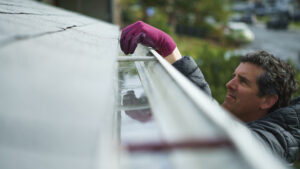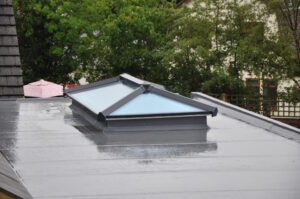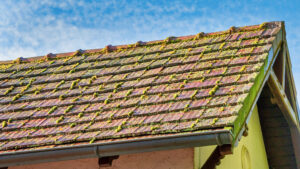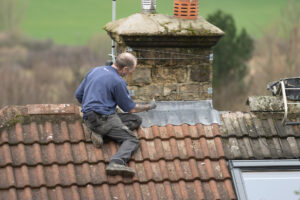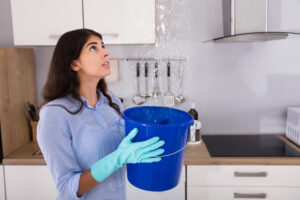An ice dam develops when freezing temperatures turn lovely snow-covered roofs and dangling icicles into problems. Thick banks of solid ice build-up that refreeze can tear off gutters, loosen shingles, accumulate water that can cause leaks, saggy or stained ceilings, paint damage, and other problems.
To avoid costly structural or aesthetic damage to your home, you should prevent ice dams from forming in the first place and remove them quickly if they do form. Although preventing ice dams is far easier than dealing with them after they have formed, you must remove them as soon as possible if they develop. The methods for preventing and removing ice dams need a variety of tools, some of which might be best left in the hands of a professional, even though this can occasionally be done at home.
What Causes Ice Dams?
The snow on your roof may thaw or melt because of the warm air from your attic transferring to it, resulting in water droplets starting to fall from the roof. They may refreeze in the cold air as they reach the edge or portion of the roof above the overhang, sometimes referred to as the eaves, as they are no longer exposed to the warm attic air.
An ice dam is formed when snowmelt continues to run down the roof and then freeze again, building a thick coating of ice in the process. Despite being beautiful, these icicles can be dangerous to your house.
Steps To Prevent and Get Rid of Ice Dams
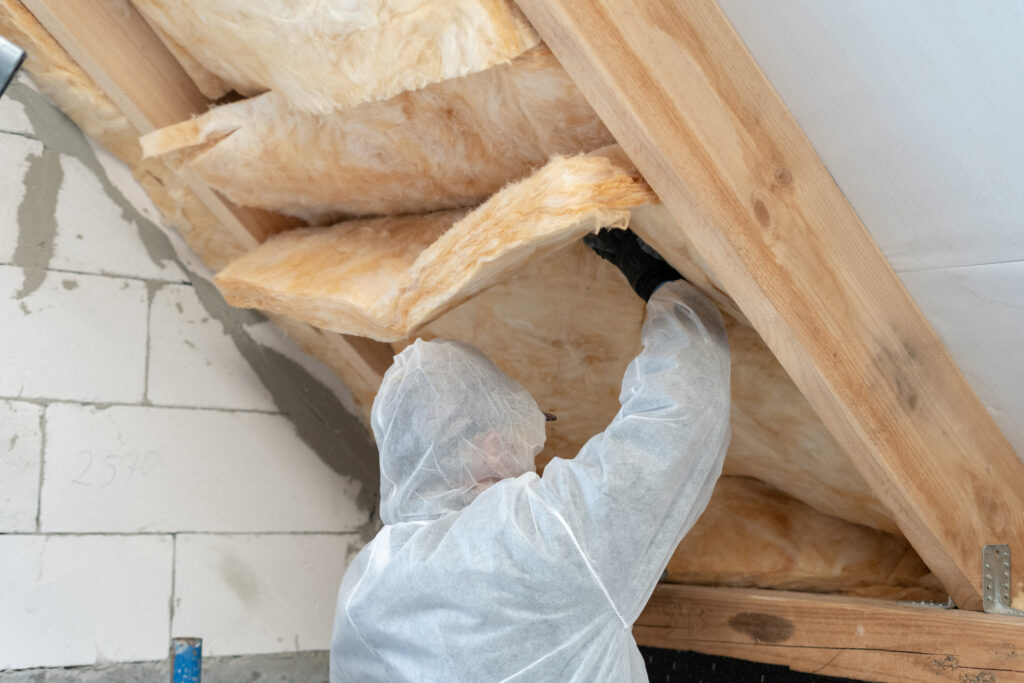
The following ice dam mitigation methods could spare your house from significant harm. Some options are as follows:
Rake Snowfall Off the Roof
Utilize a lightweight roof rake, preferably one with a lengthy extension, to ensure your safety while remaining on the ground. Use the rake to remove snow from your roof’s eaves to lessen the possibility of ice build-up while the snow is still soft, typically shortly after heavy snowfall before it has a chance to refreeze.
Before a snowfall, it’s a good idea to clear your eaves of any accumulation of leaves and branches. By preventing water from accumulating on your roof, where it can later freeze into an ice dam, by keeping your gutters free of obstructions, you can assist water draining away from your roof.
Add Attic Insulation
The warmth of your home and the cold air outside cause the snow and ice to freeze and melt. Quality attic insulation will lower the likelihood of ice dams forming, reduce heat transfer to the snow on your roof, and retain energy inside your home where it is needed, saving you money on your energy bill.
Install De-Icing Cables
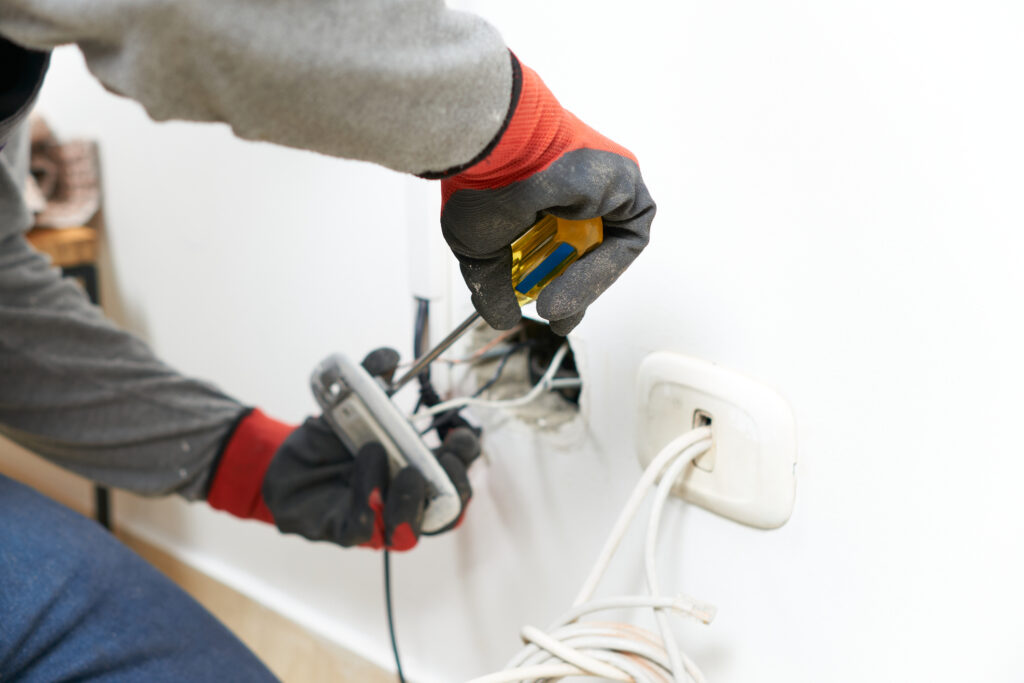
Roof de-icing cables, which can be put directly on top of your roof’s shingles or clipped over the eaves, should be readily available at most home improvement stores. They will stop ice dams from developing, but if you are raking recently fallen snow from your eaves, you must be cautious not to knock them over. In an emergency, these can also aid with ice dam removal.
Seal Interior Airflow Leaks and Ventilate Your Attic
Heat rises, so even if your living space has excellent ventilation, warm air coming from it may indicate that your attic is too warm. In order to avoid overheating, the hot air flow should be changed. Rerouting bathroom and dryer vents from the attic to a side external wall of your house, as well as applying high-quality insulating foam to any gaps surrounding vent pipes, can be very beneficial.
Additionally, exhaust vents can be positioned close to the top of the roof, and attic vents can be put along the underside of the roof eaves. This prevents heat from building up in your attic and keeps the air circulating, which aids in cooling. We advise seeking professional assistance for this, particularly to make sure you create an effective ventilation system for your home’s unique roof and attic design.
Break Up Ice Dams With a Mallet
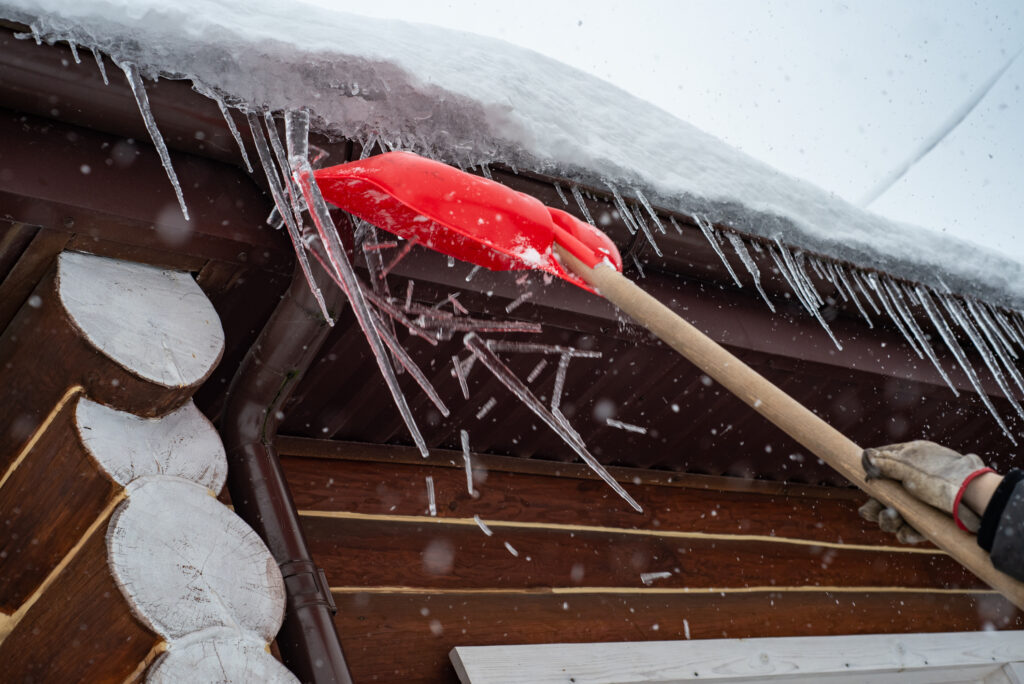
In addition to the various methods mentioned here, you have the option of forcibly removing the extra snow and ice from your roof. With a roof-safe mallet, you can chip away at the ice to widen the runoff channels and improve drainage. Be careful not to use tools that could cause further roof or shingle damage, such as an axe, hatchet, or other sharp or heavy tool.
You’ll need to be cautious and perform this from a higher vantage point, probably on your roof, since you don’t want to be underneath significant banks of ice and snow that could slide and fall off your roof. It might be preferable to leave this task to the experts if you are uncomfortable going onto a frozen roof or if you want to avoid hurting anyone or any vegetation underneath you.
Hire WABO Roofing – A Professional Ice Dam Removal Service Provider
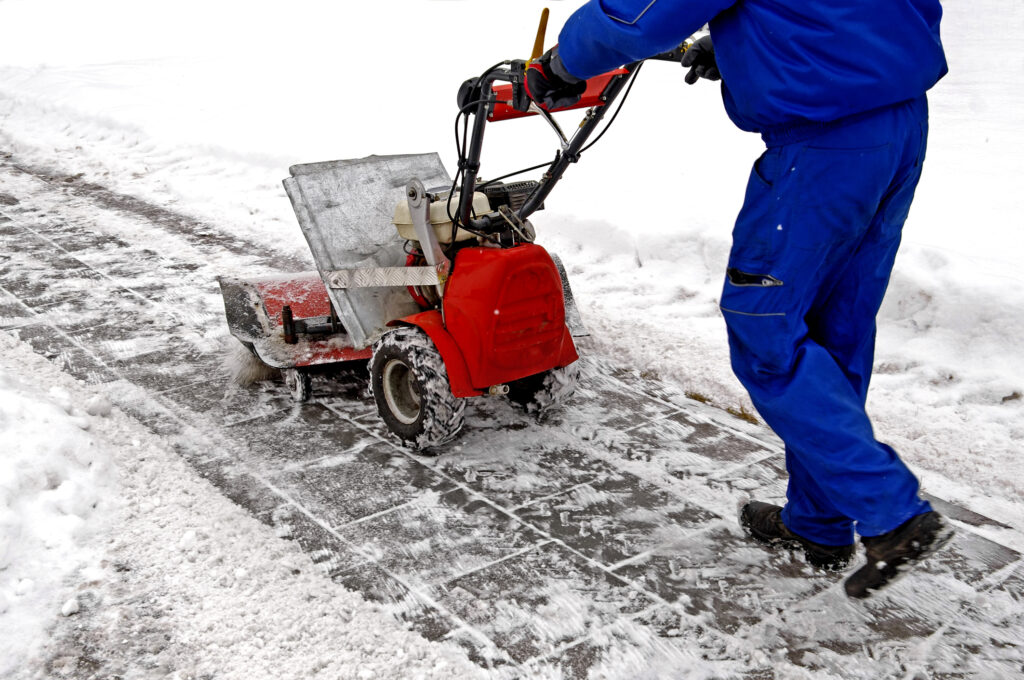
If none of the aforementioned solutions work for you or if you don’t feel comfortable using a ladder, you may always interact with a specialist to handle the situation. While DIY ice dam prevention and removal is possible, you could consider hiring a professional who is educated in safe safety practices and has expertise scaling frozen roofs.
Additionally, since your roof and attic design are unique to your house, our experts can suggest the best arrangement for your insulation, ventilation, and preventative measures. In contrast to temporary de-icing wires, which may be moved by snowfall or raking, a properly placed de-icing system can last for years and be less noticeable on your rooftop.

